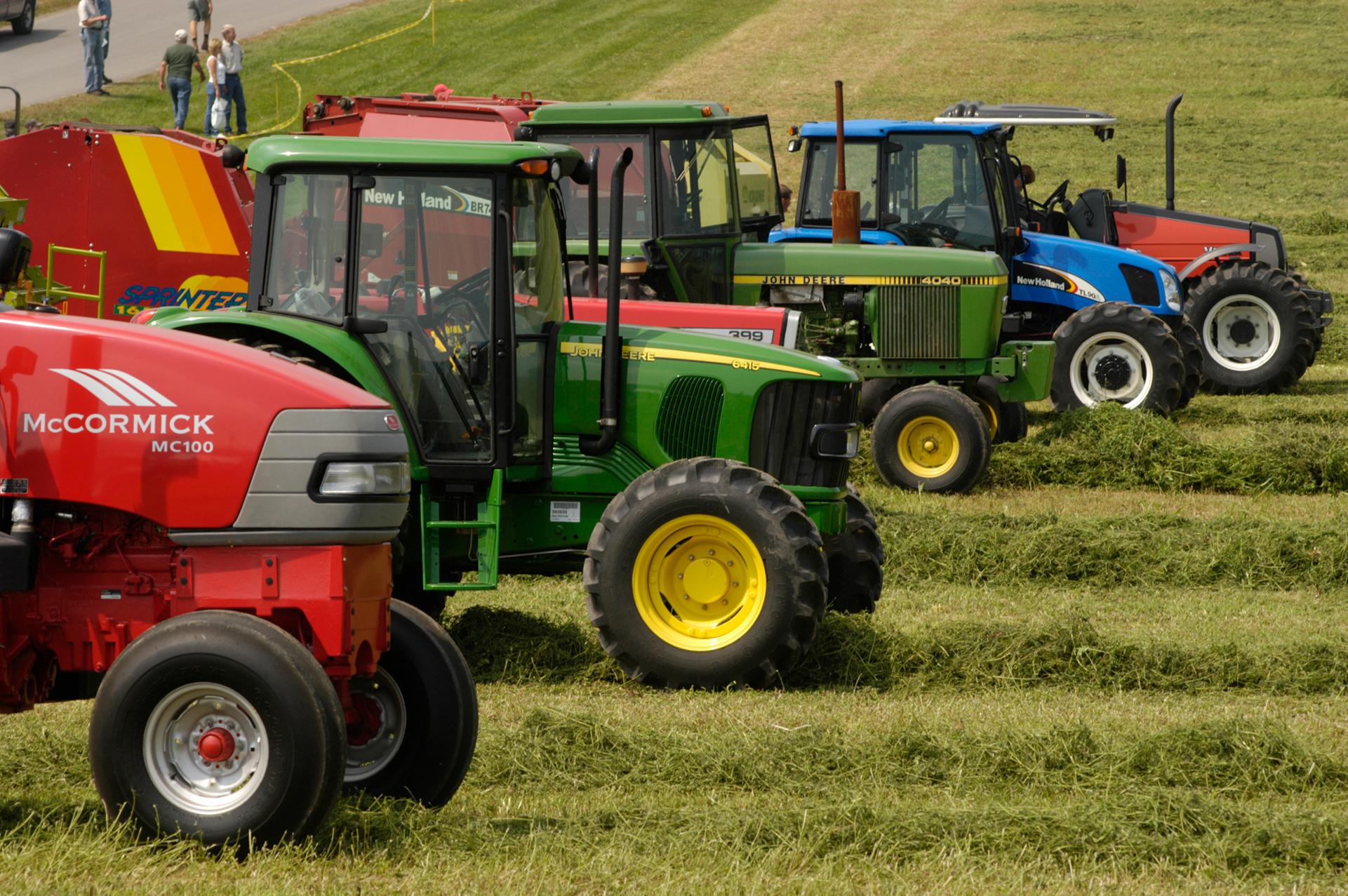Understanding Farm Equipment Needs
Every farm operation relies upon tools to help get the job done-some enterprises are able to remain competitive with a minimal investment in equipment, while others require substantial investment.
Equipment, along with land, is typically a major cost driver for farm operations. It is, thus, important to critically evaluate the need for each piece of equipment before buying. Visiting similar farm operations to see equipment working, talking with you farm equipment sales representative about equipment options, attending trade-shows and farm demonstrations are all a good way to learn which equipment might be best suited to your farm.
A visit to your local Extension office or Soil Conservation District is also a good place to start to learn what others in the region are using and local sources for equipment.
